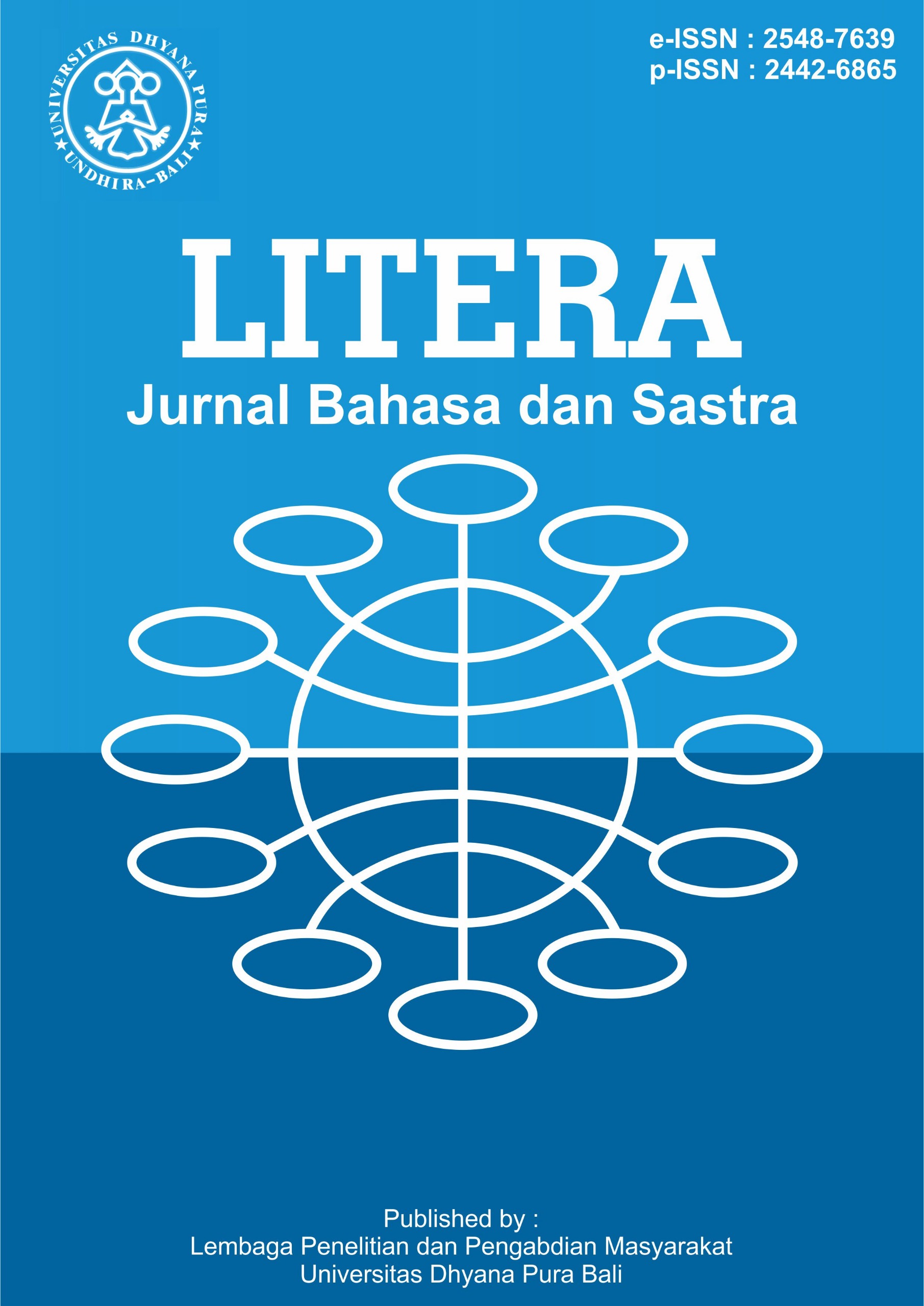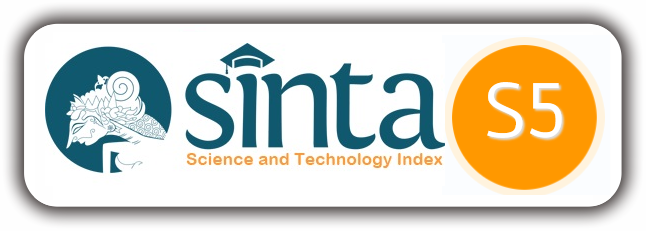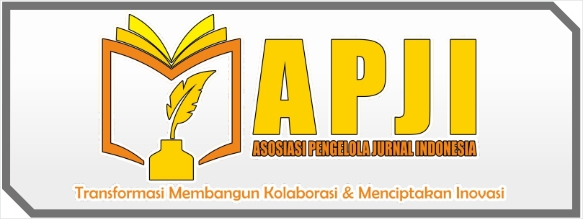Contrastive Analysis of Indonesian and Sundanese Verbs in SundaneseIndonesian Bilingual Children's Speech
DOI:
https://doi.org/10.36002/litera.v11i2.3946Keywords:
Kata Kunci 1; Analisis Kontrastif Kata Kunci 2; Verba Kata Kunci 3; Bilingual Kata Kunci 4; Bahasa Indonesia Kata Kunci 5; Bahasa SundaAbstract
This study aims to analyze the differences and similarities of verbs in Indonesian and Sundanese as used by Sundanese Indonesian bilingual children. This research is motivated by the phenomenon of alternating use of two languages by children in daily community activities. In this study, a qualitative descriptive method was applied through an observational approach through the techniques of listening, seeing, engaged, and taking notes. From the results of the study, it can be seen that children tend to use Indonesian verbs in formal contexts such as at school, while Sundanese verbs are more dominant in family or local community interactions. There were also morphological differences, such as in the basic form and affix, as well as the phenomenon of code mixing and code switching in their speech. These findings suggest that language choice is influenced by social context and emotional proximity. This research is important for the preservation of regional languages and the development of bilingual teaching materials that are relevant to the socio-linguistic environment of children.
Downloads
References
Fishman, J. A. (1972). The sociology of language: An interdisciplinary social science approach to language in society. Rowley, MA: Newbury House.
Guntur, M. (2011). Basics of vocabulary in Indonesian. Jakarta: Bahasa Publisher.
Hia, S. W., Puteri, A., Aqin, M. A., Marta, K. L., Hutauruk, A. F., & Putri, T. N. S. (2025). Analysis of early childhood bilingual development in a family environment with regional language and Indonesian language habits. Jurnal Pendidikan Anak Usia Dini, 2(3), 1–10.
James, C. (1998). Errors in language learning and use: Exploring error analysis. London: Longman.
Lathifah, H. N., & Riansi, E. S. (2023). Analisis kontrastif pronomina persona dalam Bahasa Indonesia dan Bahasa Sunda dialek Pandeglang Banten. Jurnal Ilmiah Profesi Pendidikan, 9(1), 658–663. https://doi.org/10.29303/jipp.v9i1.2062
Melati, D. (2023). Forms of reduplication in Sundanese. Bandung: Language Publisher Sundanese.
Melati, M. (2023). Analisis kontrastif mikrolinguistik pada proses reduplikasi Bahasa Sunda dan Bahasa Indonesia. Jurnal Bahasa, Sastra, dan Pengajarannya, 3(2), 1–22.
Saryono, & Soedjito, M. (2020). Introduction to Indonesian linguistics. Yogyakarta: University Publishers.
Tarigan, H. G. (1997). Teaching of contraceptive analysis. Bandung: Angkasa.
Tarigan, H. G. (1988). Language teaching: A counterproductive analysis approach. Bandung: Angkasa.
Downloads
Published
How to Cite
Issue
Section
License
Copyright (c) 2025 LITERA : Jurnal Bahasa Dan Sastra

This work is licensed under a Creative Commons Attribution-NonCommercial-ShareAlike 4.0 International License.
![]()
This work is licensed under a Creative Commons Attribution-NonCommercial-ShareAlike 4.0 International License.
















